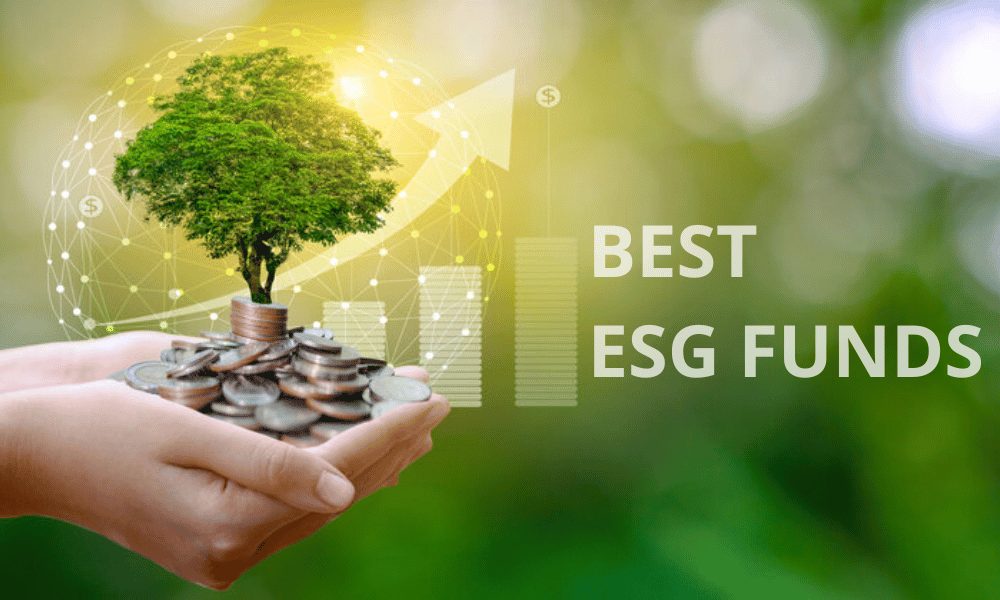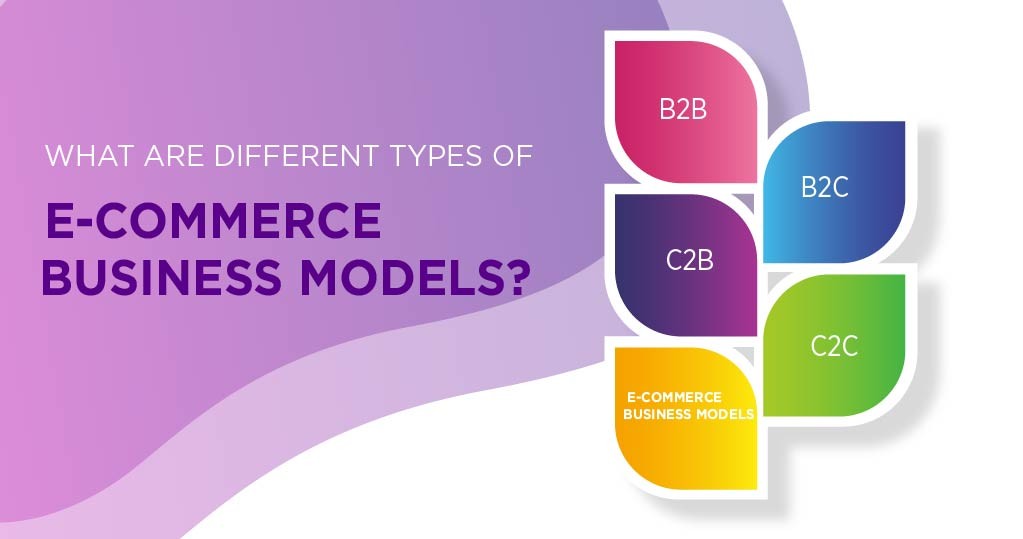We’re all in the hunt for profit, but what if we could earn and help our world too? That’s where the magic of Integration of ESG into Traditional Investing steps in. Think of a strategy that mixes good deeds with good returns. It’s like adding a secret sauce to your investment mix. We can no longer just eye the cash flow; our planet and people matter too. I’ll walk you through how weaving ESG—that’s environment, social, and governance—into your investing can do just that. Let’s dive in, make smart money moves, and back them up with a shot of moral power.
Understanding the Core of ESG Investment Strategies
Incorporating ESG Investing Principles into Portfolio Management
ESG stands for environmental, social, and governance. These are keys in today’s investment world. Investors now want ESG in their portfolios. They want to make money and do good in the world. This is where ESG investing principles come in.
To start, you pick stocks that follow ESG rules. This means companies that care for the planet, are good to people, and are run fairly and openly. They often do better over time. Why? Because they plan for the future and avoid big risks. They are ready for new laws on climate and labor. They are the leaders in their fields.
When you put your money in ESG investing, you watch over it differently. ESG risk analysis is a key part. You have to know the risks that ESG can bring. Think worst-case: a new law, a big storm, or a company scandal. Seeing these risks helps you to be smart with your money. So, it feels good and is also safe.
The Impact of Ethical Fund Allocation on Traditional Investing
Now, let’s talk about ethical fund allocation. This is about where your money goes. In the past, investing was often just about profit. But now, we also think of ethics. We ask: “Is this company good for the world?” If yes, they might get our money.
This changes traditional investing. People used to snub green bonds and stocks. They thought these were weak bets. But now, they see them as strong choices. Because the world is changing fast. We all care more about our carbon footprint. And when you put money in a thing, you fuel its future.
For example, take renewable energy. Putting money in this helps fight climate change. It also makes us less dependent on oil. So it does good for Earth and can also earn you money. Because as more people want clean energy, the more these investments can grow.
So yes, investing can be about values and profit. Ethical fund allocation proves it. It helps us push for a world that cares for all — people, planet, and profits. This is key in social responsibility investing. We want to look back and say, “We made the world better.”
To sum up, ESG makes us rethink how we invest. It brings together doing right by the Earth, treating people well, and being fair in business with making money. This is big for those who care about their impact. It shows that how we put our money into things can change the world. It’s a powerful thing, money. Let’s use it well.
The Evolution of Investment: ESG and Financial Performance
Balancing Social Responsibility Investing and Corporate Governance Criteria
When we talk about investments, we often think money. But now, we also think about doing good. That’s where ESG comes in. It’s not just about cash. It’s about making our world better while still making money. ESG stands for environmental, social, and governance. These are big words that mean caring for the planet, looking after people, and running companies well.
Imagine you are picking a team for basketball. You want players who are good at shooting but also players who play fair. Think of ESG like that. You want your money to score, but you don’t want to foul the world to win.
Analyzing the Correlation Between Financial Performance with ESG and Long-term Value
People ask, do good companies make good money? Yes, often they do. Good companies care about the air, water, and their workers. They have bosses that do the right things. When they care, people like them more. People buy from them more. They last longer. And when you invest in them, your money might do better, too.
Let’s say you find a company. It makes toys. It makes sure the toys are safe. It treats the workers right. It uses less plastic to help the sea. You invest in this company. You feel good because you help kids, workers, and fish. The toy company does well because everyone loves how it cares. Your money grows because the company is strong.
Investing in ESG means looking ahead. You think about your kids. You think about how you want the world to look. Then, you put your money there. To invest like this, you need to know some things. You need to ask questions. What does the company do for the planet? How does it treat people? Who runs it, and do they do it right?
By asking these questions, your money does more than grow. It talks. It tells companies what you want the world to be. It’s a big job, but it’s not too hard. It’s kind of like being a superhero with your wallet. You help make the world better with each dollar. And at the same time, you plan for your own future. It’s doing good and doing well, all at once.
Remember, money can be smart and kind. With ESG, you choose where your money goes. You pick the players that care like you do. That’s how we make sure our world gets better, with every cent we spend or invest. So next time you are ready to make your money grow, think ESG. It could be the best play you ever make.
ESG Risk Analysis and Shareholder Advocacy
Assessing Environmental and Social Risks in ESG Compliant Companies
In our journey through ESG investing, we face a key task—figuring out risks. These aren’t your usual money risks. I talk about harm to nature or people that companies might cause. We can’t ignore these. Doing our homework on these risks keeps us smart about where we put our money.
Environmental risks come from how a company acts toward nature. Does it pollute? Is it using up resources too fast? Social risks are about people. How well does the company treat its workers? What about its impact on the community? We figure out these risks by looking close at what the company does and what rules it follows.
The process of spotting these risks is called ESG risk analysis. It’s like a health check. But for a company’s effect on the world. It checks if a company is playing nice with nature and people. If they are, they pass as ESG compliant companies.
So what do we do with this info? We use it to pick out the good apples. The ones that care for nature, look after their people, and run things fair and square.
Enhancing Portfolio Diversification with Shareholder Advocacy on ESG Issues
Now, let’s chat about something cool—shareholder advocacy. Think of it like having a voice in how a company runs. If you own shares, you can use your voice for good. You can push the company to do better on ESG issues. It’s another tool in your kit. Like when you tell a friend, “Hey, recycle that can!”
This is where we mix ESG with spreading out risks in your money basket—something we call portfolio diversification. When you nudge companies toward being better, all while spreading out your money, you’re doing two things at once. You’re helping shape a better world and being smart with your money.
Let’s say you have stocks in lots of different fields. Some might be green bonds, backing projects that help the Earth. Others might be in businesses that work by strict rules that keep things fair. By putting your money in different pots, you’re not just stuck with one. If one pot tips over, you’re not left with a mess.
Here’s the bottom line. When you blend in ESG, it’s not just about cash. It’s about pushing companies to clean up their act. It’s about money making a change.
To wrap it up—analyzing ESG risks keeps your investments clean and smart. Shareholder advocacy lets you be part of the change. Together, they make investing a powerhouse for good. By diving deep into risks and speaking up, we make our money matter. We make it a voice for the planet, for people, for the bigger picture. And that’s what it’s all about—balancing profit with purpose.
Investment Tools and Trends Shaping the Future of ESG
The Role of ESG Screening and Due Diligence in Investment Decisions
When we pick where to put our money, it means a lot. It says what we care about. That’s why ESG screening is a big deal. “What’s ESG screening?” you might ask. It’s like making a list of what good a company must do before investing. We check if companies care for the planet, people, and how they run things. When they pass the check, they align with our values.
We look at many things in ESG due diligence. We think about harms to air, land, water, and living things. We ask, “Does this business help or hurt folks?” “Is the boss fair and open?” Finding answers helps us invest smartly and with heart.
Money and values can go hand in hand. ESG makes sure they do. Through careful picks, your cash can push for cleaner air, happy workers, and strong, open companies. We all win with this smart move.
Keeping Pace with ESG Investment Trends and Regulatory Developments
Trends in ESG keep moving fast, and staying updated is key. “What are ESG investment trends?” It’s what’s hot in investing with ESG goals. New ways to invest in good stuff, like clean energy and companies that are kind to the earth. This is huge for our future.
Lawmakers are taking note too. They make rules for ESG investing. This helps everyone know the playing field is level. It keeps companies honest and focused on real change.
Now, let’s dive into some cool tools and trends growing our ESG world.
There are green bonds and stocks that help us build a greener world. We also have ethical funds that are picky about where they put money. They want it to do good and make money.
Socially responsible asset managers look at a company’s carbon footprint. They ask, “How much bad air stuff does this company make?” They choose businesses that keep it low and help clean up our sky.
Impact investing initiatives are up next. These are projects with a purpose. They can be about cleaning water, helping people learn, or making safe homes. They make life better and can also make you money.
Then, there’s the idea of making your values fit with your investment. This is about making sure your cash goes where your heart is. It’s saying no to things that harm and yes to things that help.
Investing with ESG in mind helps us do good with our money. But, it’s not just about being nice. It also can bring in cash over time. So, you help the world and your wallet. That’s what’s so cool about ESG.
Remember, we’ve got to stay aware of how ESG changes. New info and rules come out all the time. To make the best choices, we’ve got to stay sharp and ready.
So, ESG is not just some trend. It’s the future of smart investing. It helps our planet, and it helps people. It guides companies to be fair and open. And with due diligence and smart screens, we make sure our money works for good.
And that’s what ESG investing is all about. Making choices that count. For profit, for people, for planet. We’re building a future where our cash does more than just grow. It changes things. That’s the power of ESG. It’s exciting, it’s growing, and it’s here to stay.
In this post, we explored how ESG (environment, social, governance) shapes smart investing. We saw that ESG investing is more than a trend; it’s about mixing profit with values. This means looking into a company’s impacts on our world and how they run their business.
We looked at how ESG factors are key in managing your money wisely. They help us pick companies that don’t just look good on paper but also do good for people and the planet. We found that caring about ethics doesn’t mean giving up on making money. In fact, it can mean the opposite.
Then, we learned that a company’s ESG score can tell us a lot about its future risks and worth. Taking a stand as an investor, pushing for positive change, can even make you more cash over time.
Lastly, we talked about the tools that help us make ESG-smart moves in the market. With these, we can keep up with new laws and meet our money goals while being part of a better tomorrow.
So, to wrap up, ESG investing is smart, moral, and profitable. It’s a method that lets you support what’s good while still looking forward to growth in your investments. It’s a win-win for the investor and the world. Let’s put our money where our hearts are and invest in a future we can all be proud of.
Q&A :
What is ESG and how is it integrated into traditional investing?
ESG stands for Environmental, Social, and Governance, which are three key factors investors consider to evaluate a company’s ethical impact and sustainability practices. Integration of ESG into traditional investing involves the inclusion of ESG criteria into financial analysis and decision-making. Investors may assess a company’s energy usage, waste management, labor practices, and board diversity to determine its long-term viability and ethical impact, ultimately guiding investment choices.
How does ESG integration affect investment decisions?
The integration of ESG factors affects investment decisions by influencing the risk and return profile of investment portfolios. Companies that score highly on ESG metrics may be seen as lower risk and potentially more resilient in the long-term, as they are better equipped to handle social and environmental challenges. Conversely, companies with poor ESG performance might be viewed as riskier investments, potentially leading to reduced investor interest and lower valuations.
Can integrating ESG into investing lead to better financial returns?
Integrating ESG into investing can potentially lead to better financial returns by identifying companies that are well-positioned to navigate future challenges and capitalize on emerging opportunities. ESG-focused investments may exhibit lower volatility and provide competitive returns over the long term. However, the relationship between ESG integration and financial performance is complex and can vary based on market conditions and the specific ESG criteria applied.
What are common challenges in integrating ESG into traditional investment strategies?
Common challenges in integrating ESG into traditional investment strategies include a lack of standardized ESG metrics, differing interpretations of what constitutes good ESG performance, and limited access to reliable and comparable ESG data. There is also the challenge of integrating ESG considerations into existing financial models and ensuring that investment teams are properly trained to evaluate ESG information effectively.
Is ESG integration a trend or here to stay in the investment world?
ESG integration is widely considered more than a passing trend; it is increasingly seen as a fundamental aspect of investment analysis and decision-making. With a growing emphasis on sustainability and corporate responsibility, along with regulatory pressures and investor demand for ethical investments, ESG integration is expected to continue gaining importance and becoming standard practice in the investment world.






